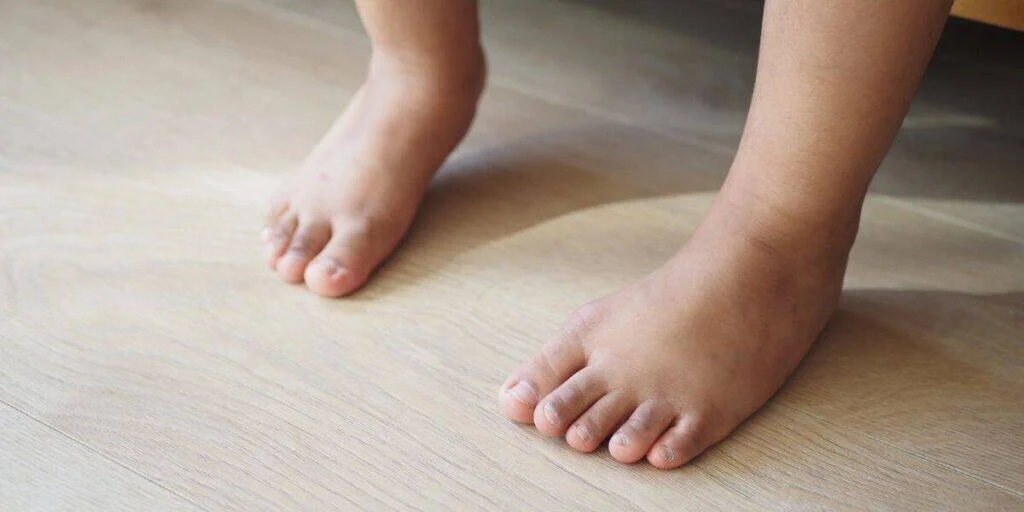A bunion is a bony prominence that forms at the base of the big toe when the joint shifts out of its normal position. This misalignment causes the tip of the big toe to pull toward the smaller toes, forcing the joint at its base to stick out. Many bunions can be managed without surgical intervention. Some individuals may need surgery when the condition begins to significantly affect their daily function and quality of life. Here’s more information on bunions that require surgery:
Pain While Walking
One of the primary indicators that a bunion is progressing is consistent pain during routine activities. When the joint deformity becomes more pronounced, it can alter the mechanics of your foot. This may lead to discomfort not only at the site of the bunion but also in other parts of the foot or leg. This can occur because your body is adjusting its gait to compensate for the pain.
The pain may present as a sharp sensation while walking or a persistent, dull ache after standing for extended periods. If the pain becomes a constant feature of your day, it may signal that the bunion’s impact on your foot’s function is becoming more severe. Some observable signs that may accompany this pain include:
- Difficulty finding shoes that fit comfortably, often requiring a wider size.
- Persistent skin irritation, redness, or calluses where the bunion rubs against footwear.
- Reduction in physical activities due to foot pain.
Resistant To Other Treatments
Before surgery on bunions, many individuals try conservative, non-invasive measures to alleviate bunion-related discomfort. These approaches aim to reduce pressure on the affected joint and manage symptoms. Common methods include:
- Wearing wider shoes.
- Using protective padding or cushions over the bunion.
- Inserting orthotic devices into shoes to support the foot.
- Modifying activities to avoid putting stress on the joint.
When these treatments no longer provide adequate relief, it may be an indication that the underlying joint deformity has progressed. If you continue to experience persistent pain and functional limitations, the bunion may be resistant to these non-surgical approaches.
Swollen Toes and Feet
Chronic inflammation is another sign associated with more advanced bunions. You might notice recurrent swelling, stiffness, or redness in and around the big toe joint. This swelling may be accompanied by a feeling of stiffness that limits the toe’s range of motion. This inflammatory response occurs as the misaligned joint and surrounding soft tissues become increasingly irritated. If you observe a consistent pattern of swelling and redness that does not resolve with rest, it suggests that the joint is under significant and ongoing stress.
Learn More About Bunions
Bunions are painful extrusions from the big toe caused by tight-fitting shoes, foot mechanics, or certain health conditions. Key signs to watch for include persistent pain during movement, the ineffectiveness of conservative treatments over time, and chronic inflammation of the joint. Tracking your symptoms and how they affect your ability to walk, stand, and wear shoes can provide valuable information. For personalized guidance, contact a podiatrist for more information.



